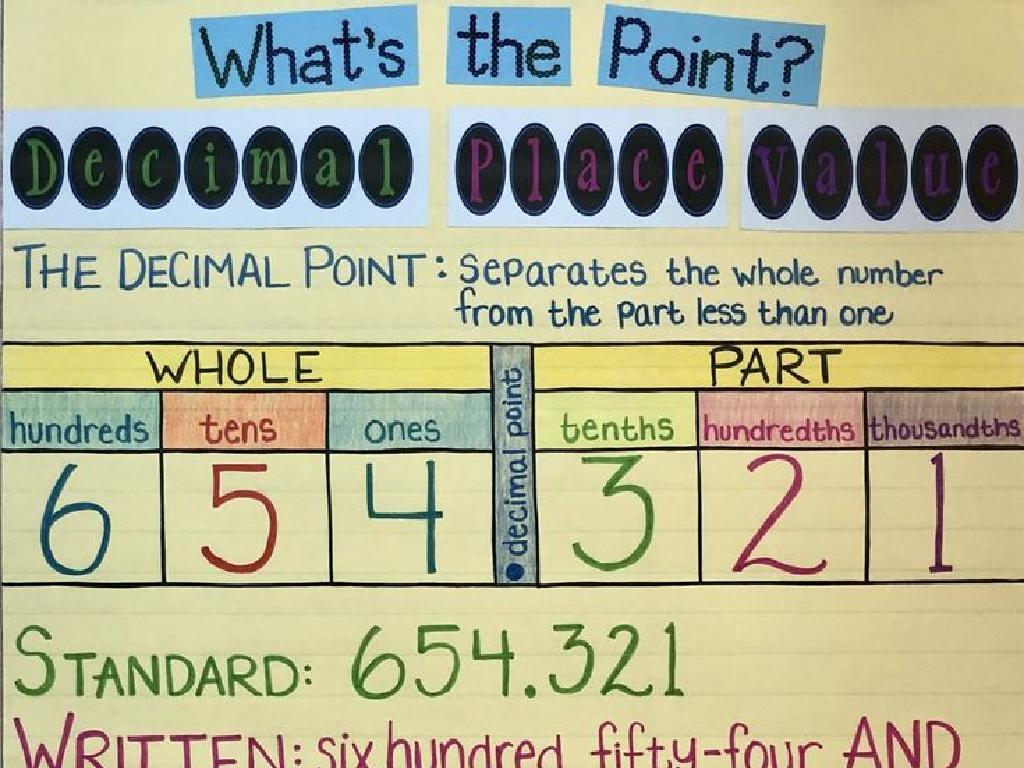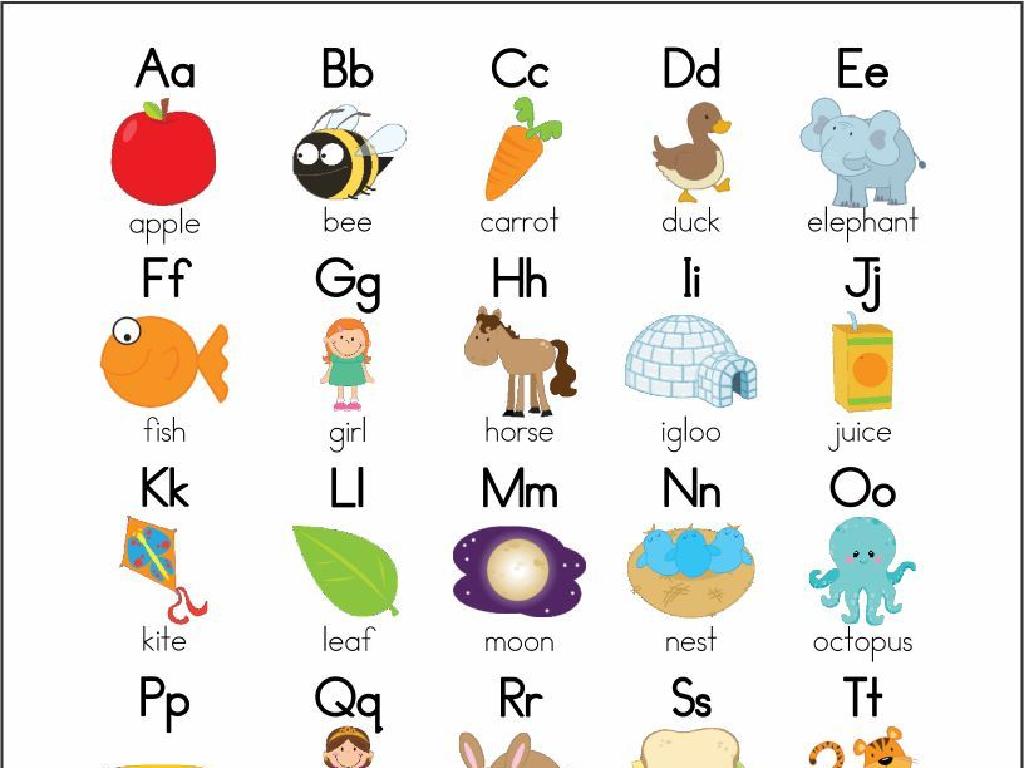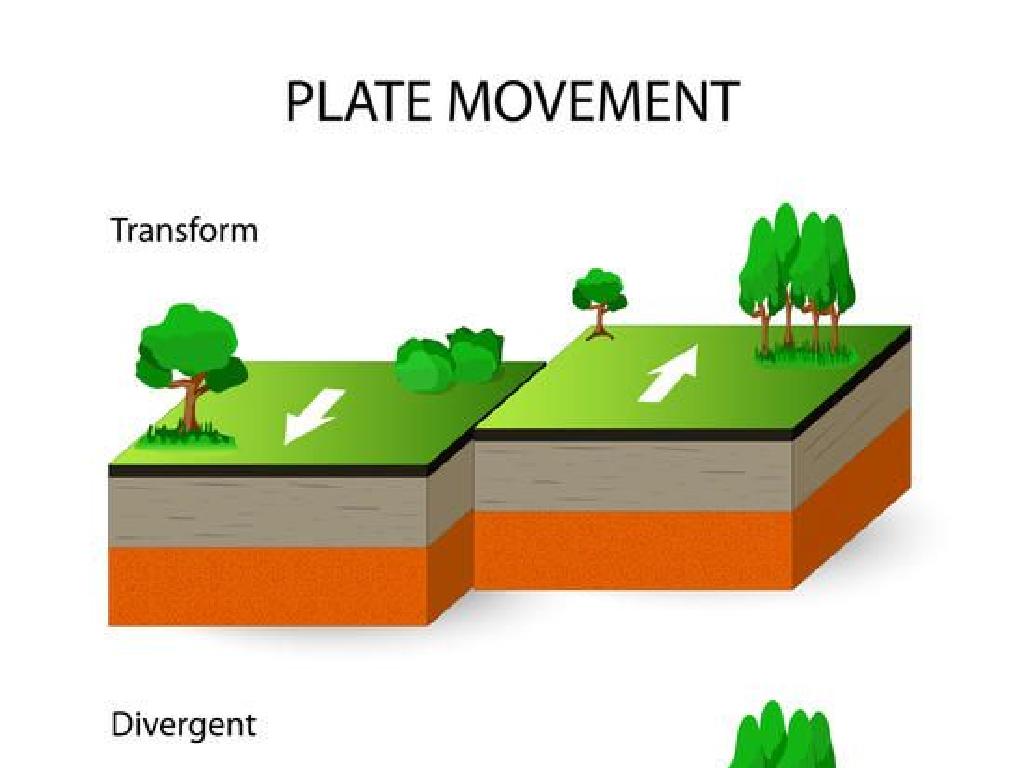Select The Thirteen Colonies
Subject: Social studies
Grade: Fifth grade
Topic: English Colonies In North America
Please LOG IN to download the presentation. Access is available to registered users only.
View More Content
Exploring the Thirteen Colonies
– Introduction to English Colonies
– Early settlements by English in the ‘New World’
– What is Colonization?
– Colonization: establishing control over the indigenous people’s land
– Overview of the Thirteen Colonies
– The Thirteen Colonies were British colonies on the East Coast
– Significance of the Colonies
– These colonies laid the foundation for the United States
|
This slide introduces students to the concept of colonization and the establishment of the Thirteen Colonies in North America by the English. Begin with a brief history of early English settlements and explain the term ‘colonization’ in the context of the English establishing control over Native American lands. Provide a preview of the Thirteen Colonies, highlighting their location along the East Coast. Emphasize the significance of these colonies in American history, as they were the building blocks of what would become the United States. Encourage students to think about how these colonies might have influenced the culture, governance, and geography of the current United States.
Understanding Colonies: The Thirteen Colonies
– What is a colony?
– A colony is a land claimed and governed by a distant country.
– Why were colonies established?
– To expand territory, trade, and spread religion.
– Life in the Thirteen Colonies
– Daily life varied: farming, trade, and governance.
– Impact of colonies on history
|
This slide aims to introduce students to the concept of a colony within the context of the Thirteen Colonies. Begin by defining a colony as a territory under the immediate political control of a state, distant from the authorities of the home country. Discuss the various reasons European powers, particularly the British, established colonies in North America, such as the desire for economic gain, expansion of territory, and spreading of religious beliefs. Explore what life might have been like for the settlers, including the hardships they faced, the economies they built, and the social structures they created. Highlight the long-term impact these colonies had on the development of the United States. Encourage students to think about how living in a colony would differ from their life today.
Exploring the Thirteen Colonies
– Names of all Thirteen Colonies
– New York, Virginia, Massachusetts, etc.
– Colonies’ locations on a map
– Eastern coast of what is now the USA
– Founding dates and founders
– Jamestown, 1607, by John Smith; Plymouth, 1620, by Pilgrims
– Significance of each colony
– Different colonies had different resources and reasons for settlement
|
This slide introduces students to the Thirteen Colonies, which were the foundation of what would become the United States. Start by listing all the colonies and showing their locations on a map to give students a geographical context. Discuss the founding dates and the individuals or groups responsible for establishing each colony. Highlight the significance of each colony, such as economic activities, religious freedom, or political reasons that led to their establishment. Encourage students to remember the names and locations of the colonies and to think about how the founding of these colonies has shaped the history of the United States.
Exploring the New England Colonies
– Colonies: MA, CT, RI, NH
– Varied geography and climate
– Rocky soil, forests, coastal, cold winters
– Economy: Trade and farming
– Small farms, fishing, shipbuilding were key
– Daily life in the 1600s
– Puritan work ethic, community-centered
|
This slide introduces students to the New England Colonies, which include Massachusetts, Connecticut, Rhode Island, and New Hampshire. Emphasize the distinct geography of the region, characterized by rocky soil, dense forests, and a long coastline, which influenced the cold climate. The economy was diverse, with small-scale farming, fishing, and shipbuilding as major industries due to the natural resources available. Daily life in the 1600s was heavily influenced by the Puritan work ethic, with a focus on religion and community. Encourage students to think about how the geography and climate could have affected the daily lives and economic activities of the colonists.
Exploring the Middle Colonies
– Middle Colonies: NY, NJ, PA, DE
– Melting pot of cultures
– Settlers from various nations contributed to a rich cultural tapestry
– Thriving farms and trade
– Fertile land led to successful farming; rivers enabled active trade
– Economic activities
|
This slide introduces students to the Middle Colonies of New York, New Jersey, Pennsylvania, and Delaware, emphasizing their cultural diversity and economic activities. Highlight the unique aspect of the Middle Colonies as a place where people from different backgrounds, including Dutch, German, and Swedish settlers, came together, creating a diverse cultural landscape. Discuss how the fertile land allowed for prosperous agriculture, particularly in crops like wheat, and how the presence of navigable rivers like the Hudson and Delaware facilitated commerce and trade. Encourage students to think about how these factors contributed to the distinct identity of the Middle Colonies compared to the New England and Southern Colonies.
Exploring the Southern Colonies
– The Southern Colonies list
– Maryland, Virginia, North Carolina, South Carolina, Georgia
– Role of plantations and slavery
– Large farms relied on enslaved people for labor
– Cash crops drive the economy
– Tobacco, rice, and indigo were major cash crops
– Geography’s impact on lifestyle
– Warm climate and fertile soil shaped colonial life
|
This slide introduces students to the Southern Colonies, which were known for their agricultural economy. Emphasize that these colonies included Maryland, Virginia, North Carolina, South Carolina, and Georgia. Discuss how the plantation system was a key aspect of life in these colonies and how it was heavily dependent on slavery. Explain that the economy was driven by cash crops like tobacco, rice, and indigo, which were exported for profit. Highlight how the geography, with its warm climate and fertile soil, was conducive to farming and influenced the colonists’ way of life. Encourage students to think about how these factors shaped the history and development of the Southern Colonies.
Life in the Thirteen Colonies
– Colonial housing and family
– Homes were simple; large families were common.
– Education and religious practices
– Few schools; churches were central to community.
– Recreation in colonial times
– Games like hoops; social gatherings important.
– Social classes and structure
– Society was divided into distinct classes.
|
This slide aims to give students a glimpse into the daily life of people living in the Thirteen Colonies. Discuss the simplicity of colonial homes, often made of wood, and the typical large family size. Highlight the scarcity of formal schools, with many children being educated at home or in church settings, emphasizing the significant role of religion. Introduce colonial leisure activities, such as playing with hoops and attending social events, which were vital for community bonding. Finally, explain the social hierarchy, from the wealthy landowners to the servants and enslaved people, and how this structure influenced people’s lives. Encourage students to compare and contrast colonial life with their own, fostering a deeper understanding of historical lifestyles.
Colonial Governments in the Thirteen Colonies
– Types of colonial governments
– Colonies had different forms of government, including royal, proprietary, and charter governments.
– Role of town meetings
– Town meetings were a place where citizens met to discuss and vote on local issues.
– Self-governance in the colonies
– Colonists had the ability to make laws and govern themselves, which was a step towards democracy.
|
This slide introduces students to the various forms of government that existed in the Thirteen Colonies. It’s important to explain that some colonies were directly controlled by the king (royal), some were given to individuals or groups by the king (proprietary), and others had charters that allowed them to govern themselves (charter). Town meetings were an early form of democracy where colonists could speak freely and vote on local matters. Self-governance allowed colonists to experience a form of democracy, setting the stage for future American political principles. Encourage students to think about how these forms of governance might influence the way they interact in their communities today.
Challenges in the Thirteen Colonies
– Relations with Native Americans
– Trade, land disputes, and differing cultures led to tension.
– Wars between colonies
– Conflicts like King Philip’s War affected many colonies.
– Trade restrictions impact
– British laws limited trade with other nations.
– Taxes imposed on colonists
– Taxes like the Stamp Act angered colonists.
|
This slide addresses the various challenges and conflicts faced by the Thirteen Colonies. Discuss the complex relationships with Native Americans, which included trade and alliances but also conflict over land and resources. Highlight significant colonial wars that involved the colonies, such as King Philip’s War, and their impact on colonial life. Explain how trade restrictions, like the Navigation Acts, were designed to control colonial trade and benefit Britain, leading to economic difficulties in the colonies. Lastly, cover the imposition of taxes on everyday items, which led to growing dissatisfaction and played a role in the eventual push for independence. Encourage students to think about how these challenges might have influenced the colonists’ desire for independence.
Road to Independence: The Thirteen Colonies
– Discontent with British Rule
– Colonists felt unfairly taxed and lacked representation
– Steps towards American Independence
– Acts of protest, Continental Congress, Declaration of Independence
– Thirteen Colonies’ role in history
– The foundation for the United States was formed
– Understanding the significance
|
This slide aims to give students an understanding of the factors that led to the American colonies’ desire for independence from British rule. Highlight the growing discontent among colonists due to unfair taxes and lack of representation in British Parliament. Discuss key events and steps that the colonies took towards independence, such as the various acts of protest, the formation of the Continental Congress, and the drafting of the Declaration of Independence. Emphasize the Thirteen Colonies’ pivotal role in shaping American history and their legacy as the foundation of the United States. Encourage students to think about the concept of fairness and representation in their own lives and how these ideas are important in a democracy.
Class Activity: Create Your Own Colony
– Divide into small groups
– Design a colony on a poster
– Include key colony aspects
– Name, location, government, economy, culture
– Present your colony to class
|
This activity is designed to foster teamwork and creativity while reinforcing the lesson on the Thirteen Colonies. Each group will simulate the founding of a new colony, deciding on its name, location, type of government, economic base, and cultural aspects. This will help students understand the complexities and considerations involved in establishing a colony. Provide a variety of materials for the posters and encourage students to be as detailed as possible. For the presentation, each group will explain their choices, which will help them practice public speaking and give them a chance to engage with the material in a personal way. Possible variations of the activity could include creating a colony brochure, a news report from the colony, or a diary entry from a colonist.





